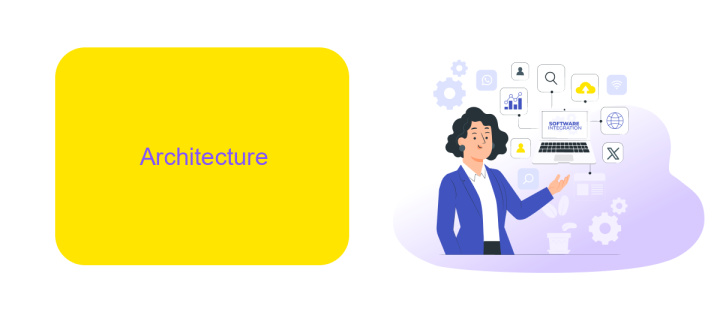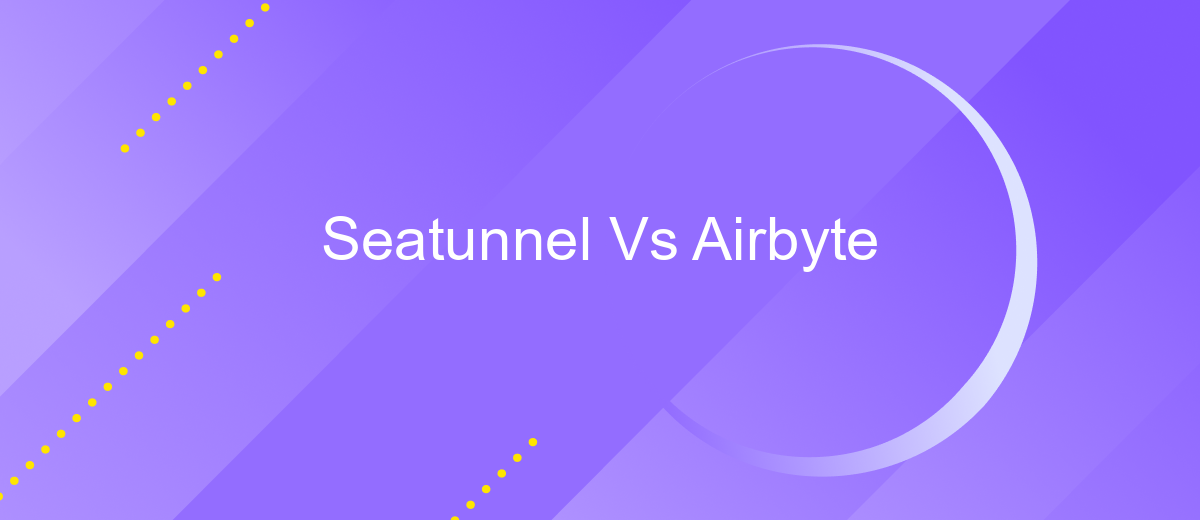Seatunnel Vs Airbyte
In the rapidly evolving landscape of data integration, choosing the right tool can significantly impact your organization's efficiency and scalability. This article delves into a comparative analysis of Seatunnel and Airbyte, two prominent platforms in the data integration space. By examining their features, performance, and ease of use, we aim to provide insights that will help you make an informed decision tailored to your specific needs.
Introduction
In the rapidly evolving landscape of data integration, selecting the right tool can significantly impact your workflow and efficiency. Seatunnel and Airbyte are two prominent solutions that facilitate seamless data integration across various platforms. Each tool offers unique features and capabilities, making the choice between them a crucial decision for any business or developer.
- Seatunnel: Known for its lightweight design and ease of use, Seatunnel excels in real-time data streaming and ETL (Extract, Transform, Load) processes.
- Airbyte: An open-source data integration platform, Airbyte is highly customizable and supports a wide range of data sources and destinations.
When considering integration services, it's also worth exploring tools like ApiX-Drive, which offer additional flexibility and automation in connecting various applications. By understanding the strengths and limitations of Seatunnel and Airbyte, and potentially leveraging services like ApiX-Drive, businesses can make informed decisions to optimize their data workflows.
Architecture

Seatunnel and Airbyte both offer robust architectures designed to facilitate seamless data integration and transformation. Seatunnel employs a modular architecture that allows for flexible data processing pipelines. It supports a variety of data sources and sinks, which can be easily configured to meet specific needs. The architecture is built to handle large volumes of data efficiently, leveraging parallel processing and distributed computing capabilities. This makes Seatunnel an excellent choice for complex data workflows that require high performance and scalability.
Airbyte, on the other hand, focuses on providing an open-source, customizable platform for data integration. Its architecture is designed to be highly extensible, allowing users to create custom connectors or use pre-built ones from the Airbyte community. Airbyte also emphasizes ease of use, with a user-friendly interface and straightforward setup process. For those looking to streamline their integration processes even further, services like ApiX-Drive can be utilized to automate and manage data flows between various applications and systems, complementing the capabilities of both Seatunnel and Airbyte.
Features Comparison

When comparing Seatunnel and Airbyte, it's essential to consider their features to determine which tool better suits your data integration needs.
- Data Connectivity: Seatunnel offers extensive support for various data sources and destinations, while Airbyte provides a vast array of connectors with a focus on community-driven development.
- Ease of Use: Seatunnel is known for its user-friendly interface, whereas Airbyte emphasizes simplicity with its open-source platform and intuitive setup process.
- Customization: Seatunnel allows for high customization through its flexible architecture, while Airbyte offers modularity and the ability to build custom connectors easily.
- Performance: Seatunnel focuses on high performance and scalability, making it suitable for large-scale data processing. Airbyte, on the other hand, ensures reliable data replication with incremental updates.
- Integration Services: Both tools can be enhanced with third-party integration services like ApiX-Drive, which simplifies the setup and management of data pipelines between various platforms.
Ultimately, the choice between Seatunnel and Airbyte depends on your specific requirements, such as the level of customization needed, the scale of data processing, and the ease of integration with existing systems.
Use Cases

When comparing Seatunnel and Airbyte, it's essential to consider their specific use cases to determine which tool best fits your data integration needs. Both platforms offer robust solutions for different scenarios, making them suitable for various business requirements.
Seatunnel is particularly effective for real-time data processing and analytics. It excels in scenarios where businesses need to handle continuous data streams and perform complex transformations. This makes it ideal for industries like finance, telecommunications, and e-commerce, where real-time insights are crucial for decision-making.
- Real-time data processing for financial transactions
- Continuous data streams in telecommunications
- Complex transformations for e-commerce analytics
On the other hand, Airbyte is known for its extensive connector support and ease of use. It's well-suited for organizations that need to integrate data from various sources quickly and efficiently. With services like ApiX-Drive, businesses can further simplify the integration process, automating data flows between different applications and systems. This makes Airbyte a strong choice for marketing, sales, and customer service teams looking to streamline their data operations.
Conclusion
In conclusion, both Seatunnel and Airbyte offer robust solutions for data integration, each with its unique strengths. Seatunnel excels in its flexibility and performance, making it an ideal choice for complex data workflows and real-time data processing. On the other hand, Airbyte stands out with its user-friendly interface and extensive connector library, which simplifies the process of integrating various data sources and destinations.
Choosing between Seatunnel and Airbyte ultimately depends on your specific needs and technical requirements. For those seeking an easy-to-use platform with a wide range of pre-built connectors, Airbyte is a strong contender. Conversely, if your focus is on high-performance data processing and customizability, Seatunnel may be the better option. Additionally, services like ApiX-Drive can further enhance your data integration efforts by providing seamless automation and integration capabilities, bridging gaps between different platforms and ensuring efficient data flow across your systems.
FAQ
What is the main difference between Seatunnel and Airbyte?
Which tool is better for real-time data processing?
Can both Seatunnel and Airbyte be used for ETL processes?
How do these tools handle data source integrations?
Are there services available to help with the automation and integration setup for these tools?
Apix-Drive is a universal tool that will quickly streamline any workflow, freeing you from routine and possible financial losses. Try ApiX-Drive in action and see how useful it is for you personally. In the meantime, when you are setting up connections between systems, think about where you are investing your free time, because now you will have much more of it.

